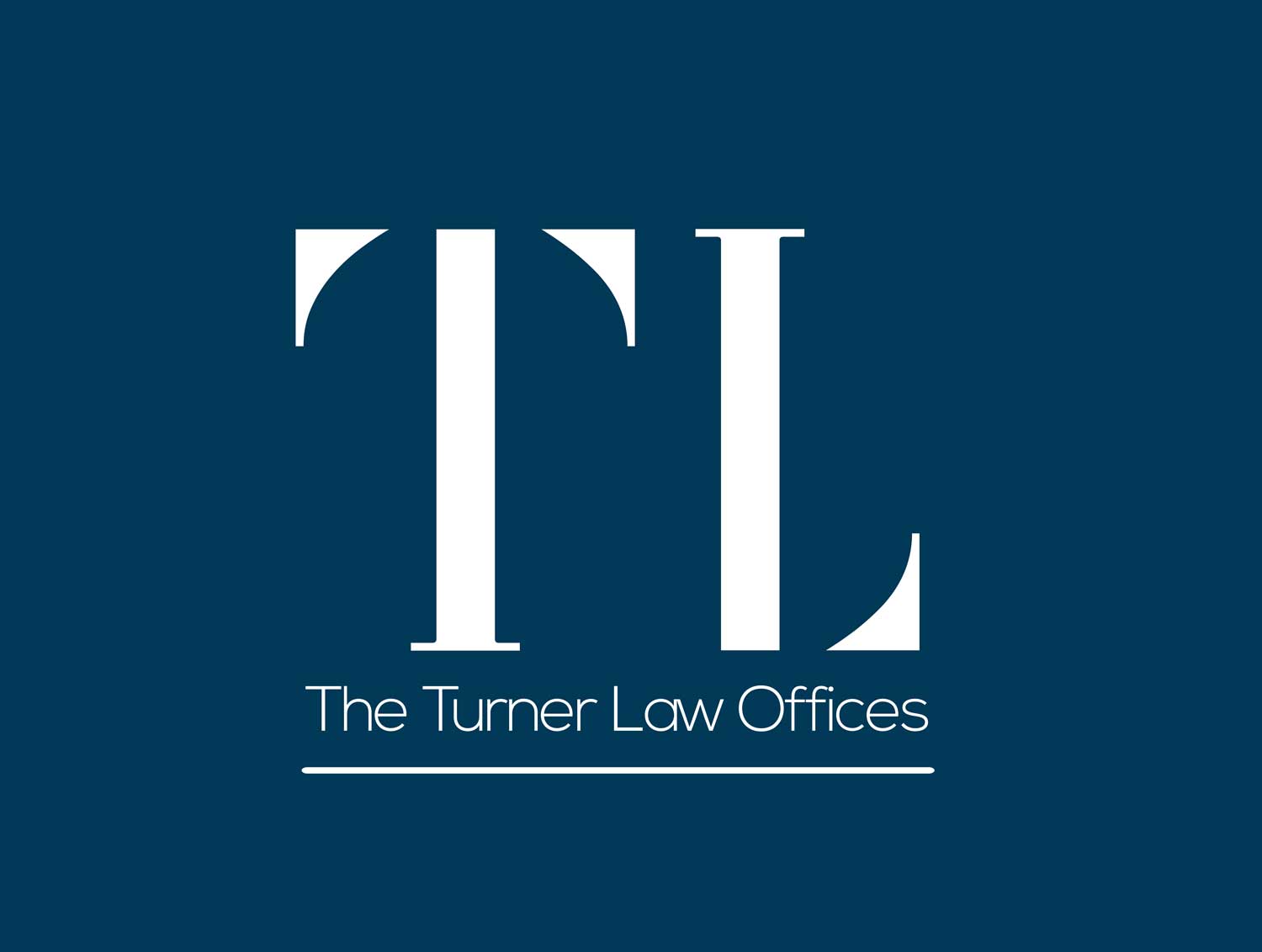Researchers at Cornell University estimate we make 226.7 decisions each day about food alone. And as your level of responsibility increases, so does the multitude of choices you have to make. It’s estimated that the average adult makes about 35,000 remotely conscious decisions each day. Each decision, of course, carries certain consequences with it that are both good and bad.
But what happens if we develop an illness or are injured in a way that limits our mental capacity to make decisions for ourselves? If we are not mentally capable of deciding what to eat for breakfast or how to spend our paychecks or where to live, who makes those decisions for us? In California, a properly drafted estate plan is the only way to hand over decision making authority to another without getting the courts involved.
Estate planning is the process of deciding what living with dignity in a time of illness means for you and communicating that information to your family. This is called incapacity planning.
Estate planning is also the process of deciding how you wish to divide your assets when you die.
In California, an estate plan typically includes:
- Revocable Living Trust
A RLT is a legally binding contract that operates throughout it’s creator’s (called the “settlor” or “grantor”) life and for some period of time after the creator’s death and discusses:
-
- Who will have legal decision-making authority regarding the management of assets owned by the trust. This person is called the trustee. The trust usually appoints settlor as the initial trustee and names another person (or sometimes the trust department of a bank) as the successor trustee. The successor trustee is the legal decisionmaker regarding the management of trust assets during periods when the settlor is too ill to make decisions for themselves. The successor trustee is also the legal decisionmaker once the settlor dies.
- What rules the trustee or successor trustee must follow when managing and investing trust assets, and when it is acceptable to spend or distribute trust money.
- Who gets to benefit from trust assets. This person or entity is called the beneficiary. Usually, the settlor is the only person who benefits from trust assets while the settlor is living. When the settlor dies, the trust names remainder beneficiaries-the people or organizations who will inherit whatever remains in the trust.
- A trust only owns, and therefore the trustee only has the legal authority to manage, assets that have been titled in its name. For example, Jane Doe has just created a revocable living trust. According to the terms of the trust, Jane is the sole beneficiary of the trust and is also the trustee. Jane wants the trust to own and have power over her checking account and her house. Jane must go to the bank and change title to her checking account from “Jane Doe” to “Jane Doe, trustee of the Jane Doe Revocable Trust dated 1-2-23.” To place the house in her trust, Jane must sign a new real property deed transferring title from “Jane Doe” to “Jane Doe, trustee of the Jane Doe Revocable Trust dated 1-2-23.”
- Assets owned by a trust when the settlor dies do not have be probated (the court process for overseeing the administration and closure of an estate).
- Durable Power of Attorney for Finance:
- A DPOA is a legally binding contract that operates during it’s creator’s (called the “principal”) lifetime and gives someone else (often the same person appointed as successor trustee under the principal’s trust) the authority to manage the principal’s assets if the principal is too ill to manage them. This person is called the attorney-in-fact or agent-for-finance.
- If the estate plan also has a trust, the power of attorney is here to make sure the person appointed as successor trustee can also manage assets not titled in the name of the trust (sometimes people forget to move an asset to their trust and sometimes they leave an asset in their names as individuals on purpose).
- When an estate plan doesn’t have a trust, a durable power of attorney is the primary incapacity planning tool.
- Last Will and Testament:
- A last will and testament is a legally binding document that only becomes operational once its creator (called the testator) dies.
- A will a appoints an executor who has the legal authority to manage any assets held in the testator’s name when that testator dies.
- A will also appoints a beneficiary (the person or entity who benefits from the assets the will captures). When an estate plan also includes a trust, we make that trust the will’s beneficiary. That way, even if the Settlor forgets to put their trust on title to one of their assets, we can make sure that the trust eventually inherits that asset when they die.
- A will does not protect an asset that passes through it from probate, even if the trust will eventually inherit it as the will’s beneficiary.
- Advance Health Care Directive
- An advance health care directive is a legally binding document that becomes operational once it has been signed. The person who creates the directive is called the principal.
- A health care directive allows the principal to appoint health care agents. These agents can make decisions for the principal if the principal is too ill to make decisions,
- A health care directive also allows the principal to decide in advance how they wish to be treated medically in certain circumstances.
